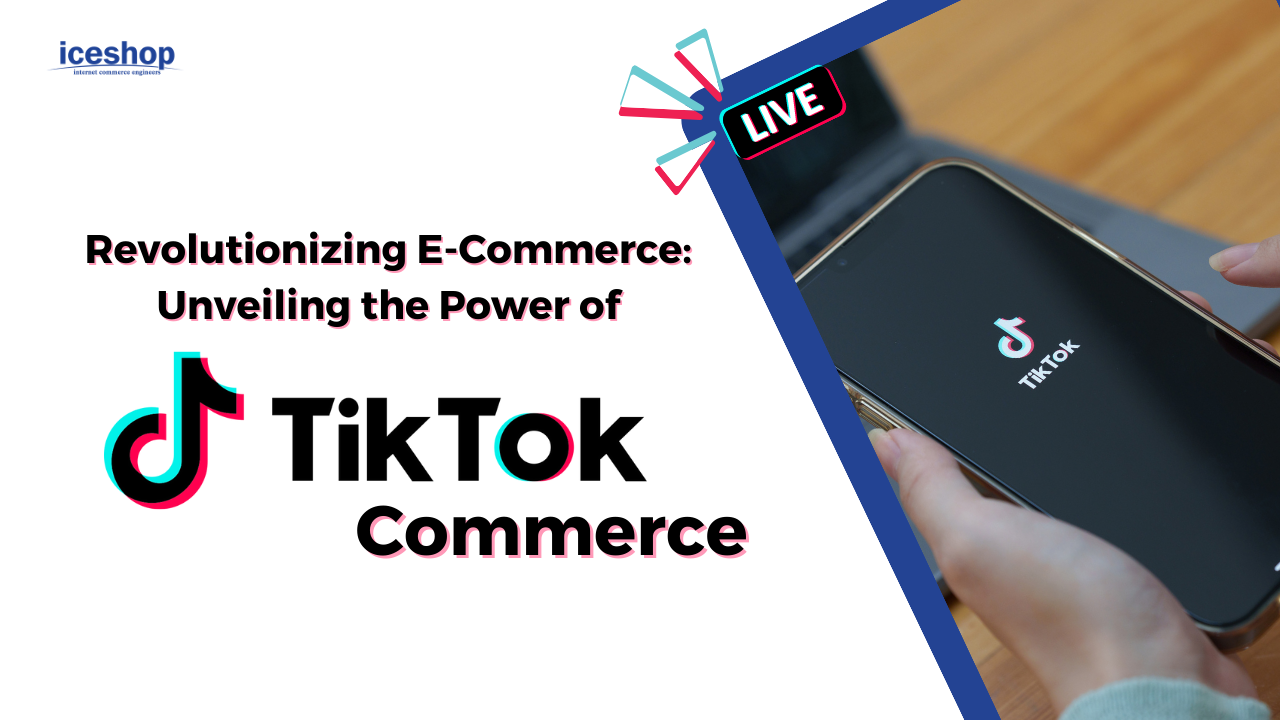Social media platforms have evolved beyond their origins as mere sources of entertainment and connection. In recent years, they have transformed into potent instruments for businesses to engage their customers and promote their products. At the forefront of this shift is TikTok, a wildly successful platform for short-form videos, spearheading the concept of “TikTok Commerce.” This innovative trend has redefined the way consumers shop, seamlessly merging entertainment with e-commerce. This article delves into TikTok’s impact on businesses and consumers, and outlining its potential role in the future of online retail.
Understanding TikTok Commerce’s Landscape
TikTok Commerce is a dynamic fusion of social media content that has proven to be immensely effective according to the Harvard Business Review. With over a billion active monthly users, TikTok offers businesses an unparalleled opportunity to connect with a global audience. Marketers can craft succinct, captivating, and often entertaining videos that creatively showcase products or services.
Influencers: Pioneers of E-Commerce on TikTok
In the realm of TikTok Commerce, influencers play a pivotal role. These content creators wield substantial followings and wield significant influence over their audience. Brands can tap into the reach and credibility of influencers by collaborating with them, thereby expanding their consumer base and gaining exposure to new demographics. Consider the case of dietitian Abbey Sharp, who incorporates natural advertisement of food supplements in her videos. This sheds light on the intricate dynamics of conducting business on TikTok.
Empowerment and Obstacles in the TikTok Commerce Landscape
While TikTok Commerce presents myriad opportunities, it also comes with challenges that businesses must navigate. The platform’s dynamic nature necessitates perpetual adaptability and a profound understanding of its ever-evolving algorithms. Striking a balance between genuine engagement and overt promotion is essential to avoid alienating the audience. A real-life example of a brand’s struggles and triumphs during a TikTok campaign could provide valuable insights into the nuances of this approach.
Navigating the Future of TikTok Commerce
The future of TikTok Commerce is bright as the digital landscape continues to evolve. With advancements in augmented reality (AR) and virtual reality (VR) technologies, TikTok users could soon enjoy immersive shopping experiences, virtually testing products before committing to a purchase. As TikTok refines its e-commerce capabilities and fosters strategic collaborations, we can anticipate a more seamless integration of shopping features, further dissolving the barriers between content consumption and online shopping.
Exploring B2C and B2B Commerce on TikTok
TikTok predominantly centers around Business-to-Consumer (B2C) interactions, with brands showcasing products directly to the end consumer. The platform’s engaging and visually-driven nature is well-suited for consumer-oriented campaigns, making it an ideal space for fashion, beauty, lifestyle, and entertainment products. However, the application of TikTok Commerce in the Business-to-Business (B2B) sector presents unique challenges. B2B transactions often involve complex negotiations, longer sales cycles, and a focus on building professional relationships. TikTok’s format, which excels in quick, attention-grabbing content, may not align seamlessly with the nuanced communication needed in B2B interactions. Furthermore, the audience on TikTok tends to skew younger, making it more suited for capturing the attention of individual consumers rather than catering to the needs of businesses.
In Conclusion
TikTok is revolutionizing e-commerce by harnessing the power of social media, succinct content, and influencer collaborations. As businesses and consumers embrace this paradigm shift, brands must align their strategies with the unique attributes of the platform, fostering authentic interactions and delivering unforgettable shopping experiences.



